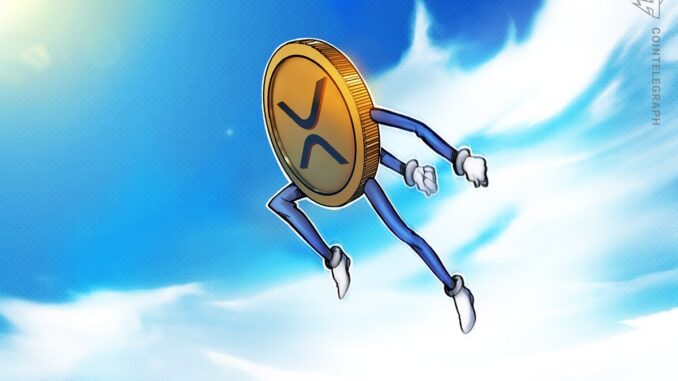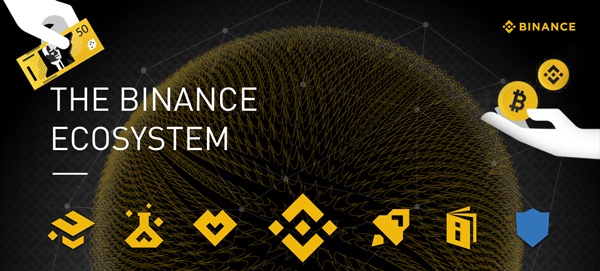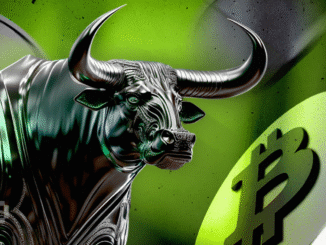
The price of XRP in comparison to Ether (ETH) reached its peak in five years over the weekend, continuing its recovery.
On March 15, the XRP/ETH pair reached 0.00128 ETH for the first occasion since April 2020. This represents a 925% rebound when assessed from its all-time low of 0.00013 ETH set in June 2024 and around 620% growth since November 2024, when Donald Trump secured the US presidential election.
XRP/ETH weekly price chart. Source: TradingView
XRP’s possible breakout against ETH
The XRP/ETH surge is igniting speculation among market analysts that XRP might surpass Ether to become the second-largest cryptocurrency by market capitalization.
For example, analyst Dom indicates 0.0012 ETH as a historically significant resistance level, a point that has typically preceded substantial rallies in prior cycles. He points out that Ripple has experienced parabolic growth after surpassing this resistance, yielding gains of at least 160% in previous instances.
XRP/ETH 12-hour price charts. Source: TradingView/Dom
He illustrated this phenomenon with three pivotal breakout instances—in early 2017, late 2017, and 2018 when XRP surged against Ether after a confirmed breach of the 0.0012 ETH resistance.
As of March 16, Ripple was once more probing this crucial level. If history is any guide, a partial rally of 80% could suffice for XRP to surpass ETH in market capitalization, DOM suggests, particularly given that Ether’s price faces more downside risks in 2025.
Related: XRP price set for 46% gains after Ripple obtains first Dubai license
With a market cap of $138 billion, Ripple is less than $100 billion away from reaching Ethereum’s level. Additionally, XRP’s fully diluted valuation (FDV) briefly exceeded Ethereum’s earlier this week.
For context, FDV refers to the total theoretical value of all tokens, including those not yet in circulation, while market capitalization only considers tokens that are currently in circulation.
What is causing Ethereum to underperform XRP?
XRP’s market dominance has surged by over 300% since Trump’s reelection on Nov. 5.
XRP.D vs. ETH.D daily price chart. Source: TradingView
This same timeframe has seen Ethereum lose over 35.50% of its market share, illustrating a distinct lack of enthusiasm among traders for Ether compared to other leading crypto assets.
A significant factor in this divergence is regulatory sentiment. Trump has established the US as the prospective “world’s crypto capital,” appointing pro-crypto regulators and committing to create a more beneficial environment.
This transformation has particularly favored Ripple, which serves enterprise clients, especially after Ripple revealed an institutional DeFi roadmap in February.
On the other hand, Ethereum has declined due to escalating competition from alternative layer-1 blockchains, notably Solana (SOL).
The Dencun upgrade in March 2024, which cut Ethereum’s transaction fees by 95%, was intended to enhance scalability. However, it has also diminished ETH burn rates, resulting in increased supply and undermining its deflationary appeal and “ultrasound money” narrative.
ETH supply rate since the Merge. Source: UltraSound Money
At the same time, Solana’s dominance has grown, with its trading volume now comparable to Ethereum and all its layer-2 chains combined.
The network’s quicker and more affordable transactions have positioned it as the preferred platform for DeFi activities, memecoin trading, and NFT markets, which Ethereum once dominated. This transition has diminished Ethereum’s market share, particularly among traders and developers looking for high-speed, cost-effective transactions.
This article does not offer investment guidance or recommendations. Every investment and trading move carries risk, and readers should perform their own research when making decisions.







Be the first to comment